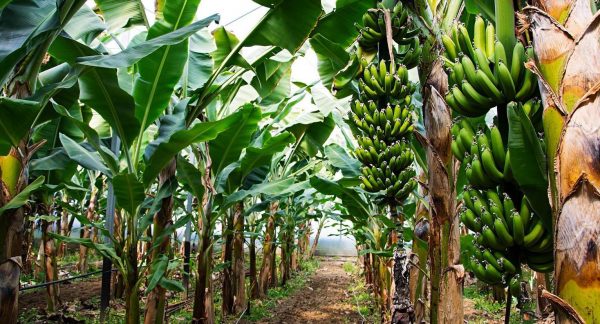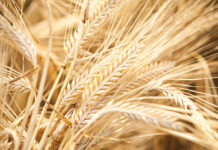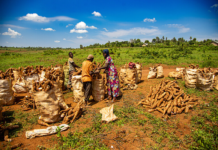Comment by Paul Makube, Senior Agricultural economist at FNB Agri-Business
This week will see another hefty fuel price hike of 5% month-on-month (m/m) for the two grades of petrol at R18.11/ litre (unleaded 93) and R18.30 (unleaded 95), which is 22% and 21% higher respectively year‑on‑year (y/y). The two grades of diesel will increase by 4% m/m and 16% y/y to R15.63/ litre (500ppm) and R15.66/ litre (50ppm). The increase was underpinned by a combination of a 4.5% m/m rise in crude oil prices to US$74/ barrel and a further 1.4% m/m depreciation in the Rand/ US dollar exchange rate to R14.54 in June 2021.
This comes at a time when farmers are busy delivering a huge grain and oilseed crop of 17.07 million to the country’s silos and gearing themselves for the onset of the 2021/22 planting season in just over a month’s time, if rains permit. The availability of fuel at the right time and price is critical for a successful operation across the agriculture value chain. Not only fuel is impacted, but the cost of imported agriculture inputs such as fertilizer, pesticides, and herbicides will also increase especially given the recent constrains with availability of ingredients to produce certain fertilizers and the higher cost of shipping.
The harvested crop is also being transported to various storage bins across the country including the export markets, therefore further fuel hikes will dent producer margins. Grain producers and logistics companies in the agriculture value chain will feel the pain, as closer to 80% of grain is transported by road. Livestock and horticulture with citrus harvest in its infancy will also be affected in terms of distribution across the country, as well as exports. Mounting cost pressures will eventually erode producer margins and a potential inflationary pain on consumers.









[…] Source link […]
Comments are closed.